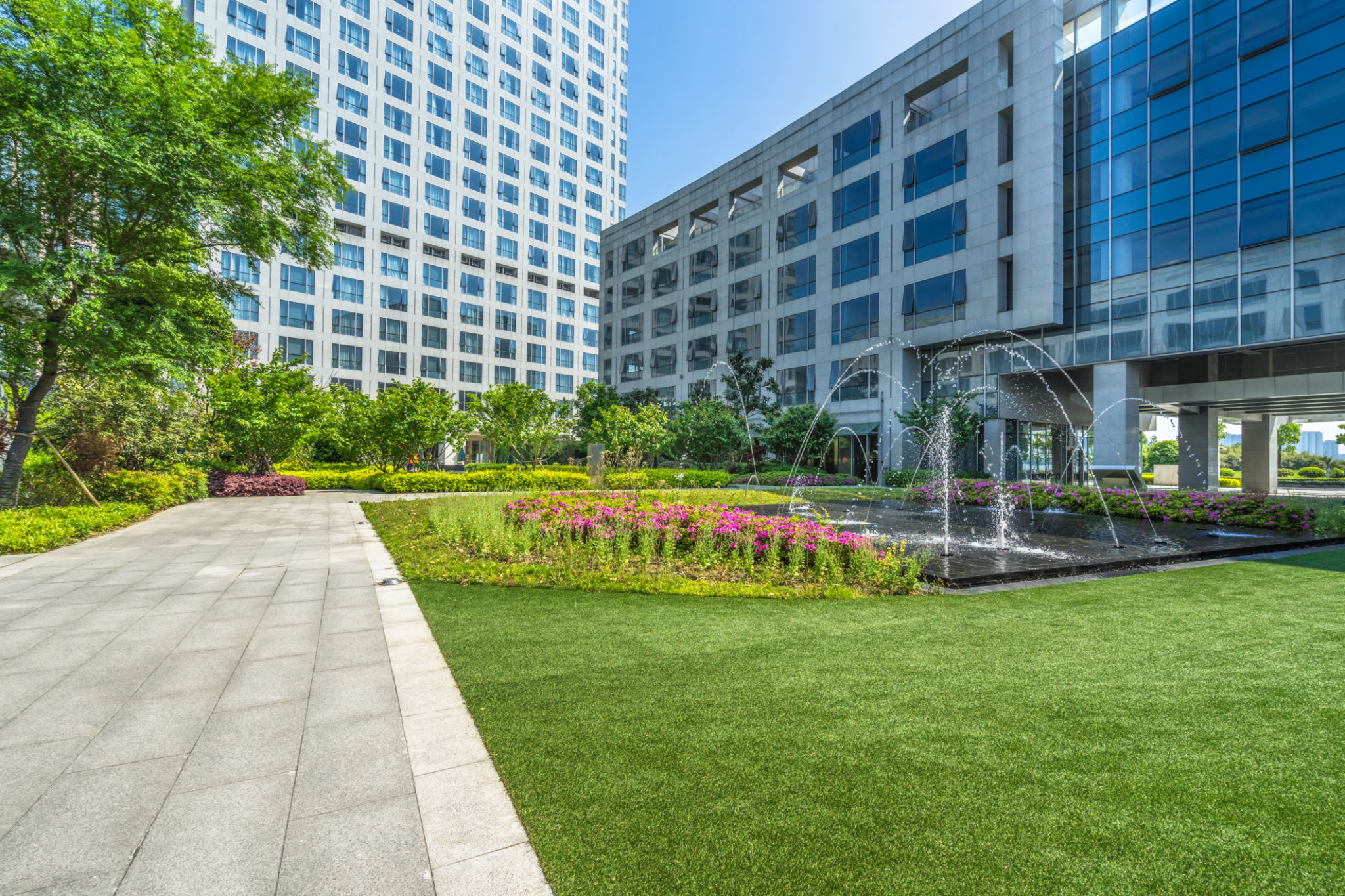Comparing Traditional and Sustainable Landscaping Practices for Businesses
Understanding Traditional Landscaping Practices
Traditional landscaping practices have been the norm for many businesses for decades. Typically, these involve the use of non-native plants, high water consumption, and regular use of chemical fertilizers and pesticides. While these practices can create visually appealing landscapes, they often come at a significant environmental cost.
One of the main drawbacks of traditional landscaping is its high water usage. Non-native plants often require more water to thrive, especially in regions where the climate isn't naturally conducive to their growth. This can lead to increased utility costs and strain local water resources, particularly in drought-prone areas.

Additionally, the use of chemical fertilizers and pesticides can lead to soil degradation and pollution of local waterways. These chemicals not only harm the environment but can also pose health risks to employees and customers who frequent the area.
Embracing Sustainable Landscaping Practices
Sustainable landscaping practices offer a more eco-friendly alternative for businesses looking to maintain an attractive outdoor space. These practices focus on using native plants, conserving water, and reducing chemical usage, promoting a healthier environment.
Native plants are adapted to the local climate and soil conditions, meaning they require less water and maintenance. By choosing native vegetation, businesses can significantly reduce their water usage and contribute to local biodiversity. Moreover, native plants often attract beneficial wildlife such as birds and pollinators, enhancing the ecosystem.

Water conservation techniques are another crucial aspect of sustainable landscaping. Methods such as drip irrigation, rainwater harvesting, and xeriscaping help minimize water usage while ensuring that plants receive the moisture they need to thrive.
Benefits of Sustainable Landscaping for Businesses
Adopting sustainable landscaping practices can offer numerous benefits for businesses beyond environmental impact. One of the primary advantages is cost savings. By reducing water usage and eliminating the need for chemical fertilizers, businesses can lower their operating expenses significantly over time.
Moreover, sustainable landscapes often require less maintenance than traditional ones. This can lead to reduced labor costs and allow staff to focus on other important tasks. Additionally, a well-maintained sustainable landscape can enhance a company's image by demonstrating a commitment to environmental responsibility.

Finally, sustainable practices can improve employee morale and attract environmentally-conscious clients. A green, eco-friendly environment can be a source of pride for employees and serve as a unique selling point for potential customers.
Implementing Sustainable Landscaping
Transitioning from traditional to sustainable landscaping doesn't have to be an overwhelming process. Businesses can start small by incorporating a few native plants or installing efficient irrigation systems. Over time, these changes can add up to create a more sustainable landscape.
Consulting with a professional landscape designer who specializes in sustainability can also be helpful. They can provide tailored solutions that align with a business's specific needs and environmental goals.
Ultimately, embracing sustainable landscaping practices offers a win-win scenario for businesses: protecting the environment while enhancing their bottom line.
